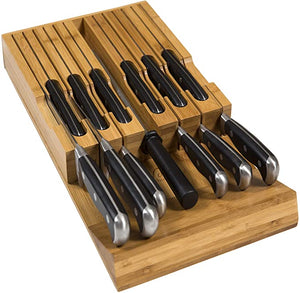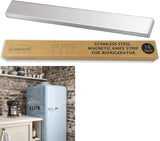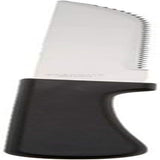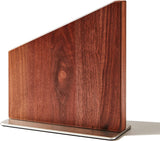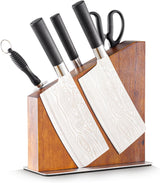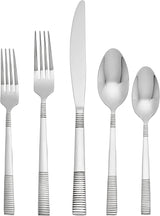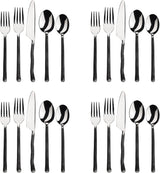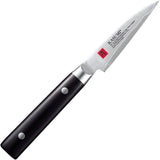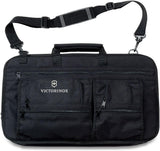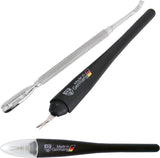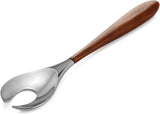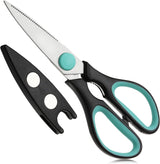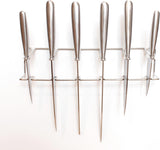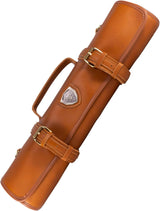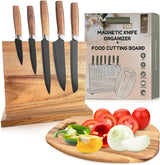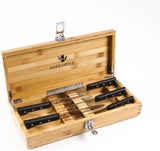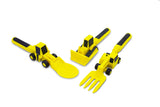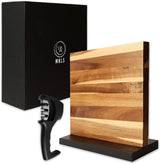As a kitchen professional or passionate cook, keeping your knives in pristine condition is critical not only for creating exceptional meals but also for safety and longevity. But how many of us think about the proper steps to take before storing our knives? You might be surprised to learn just how crucial these steps are. Lets dive into the details of what are four things a chef or cook should do before storing a knife to ensure the best results.
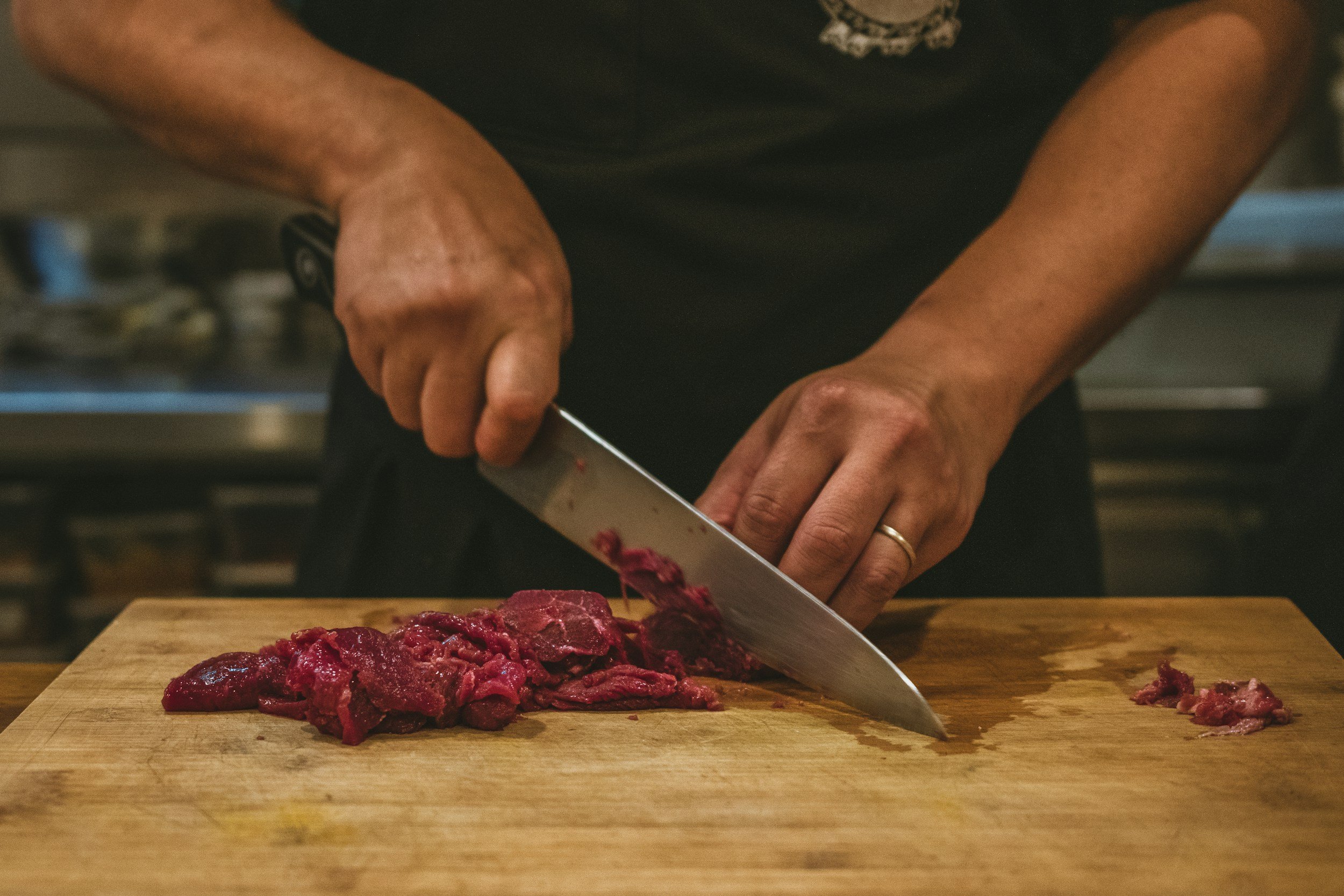
1. Clean Your Knife Properly
Cleaning your knife is undoubtedly the first step to maintaining its longevity. A clean knife reduces the buildup of food debris, stains, and potential bacteria that could degrade the blade over time. For an in-depth guide on proper cleaning techniques, check out this helpful article.
Important points to consider:
- Always hand wash knives using warm water and mild soap; avoid the dishwasher.
- Use a soft sponge or cloth to clean, keeping the blade edge away from your fingers.
- Dry the blade fully with a clean towel right after washing to prevent rust.
2. Sharpen or Hone the Blade
Kitchen professionals know that a dull knife can be more dangerous than a sharp one. Regularly sharpening or honing your knife ensures its ready for optimal performance.
Heres how you can keep your knife razor-sharp:
- Use a honing steel to realign the blade for frequent maintenance.
- Invest in professional sharpening services periodically if youre unfamiliar with the process.
- Alternatively, sharpen your knife at home using a whetstone or a specialized knife sharpener. Learn more about how to sharpen a knife.
3. Inspect for Any Damage
Before you store your knife, take a moment to inspect it for chips, cracks, or other signs of damage. Even minor flaws can worsen over time, impacting your knifes efficiency and safety.
Steps for a thorough inspection:
- Run your hands gently along the blade (be cautious) to feel for any imperfections.
- Visually check the edge for chips or flat spots under good lighting.
- Inspect the handle to ensure its firmly attached and not compromised in any way.
4. Store Knives Correctly
The final step to ensuring your knife remains in top condition is choosing the right storage solution. Improper storage can lead to accidents or blade damage. Consider these methods for safe storage:
- Knife blocks or magnetic strips to keep knives secure and easily accessible.
- Knife edge guards, especially when storing in a drawer, for added protection.
- Dedicated knife rolls for chefs frequently working on the go. Discover more about types of kitchen knives and their storage.
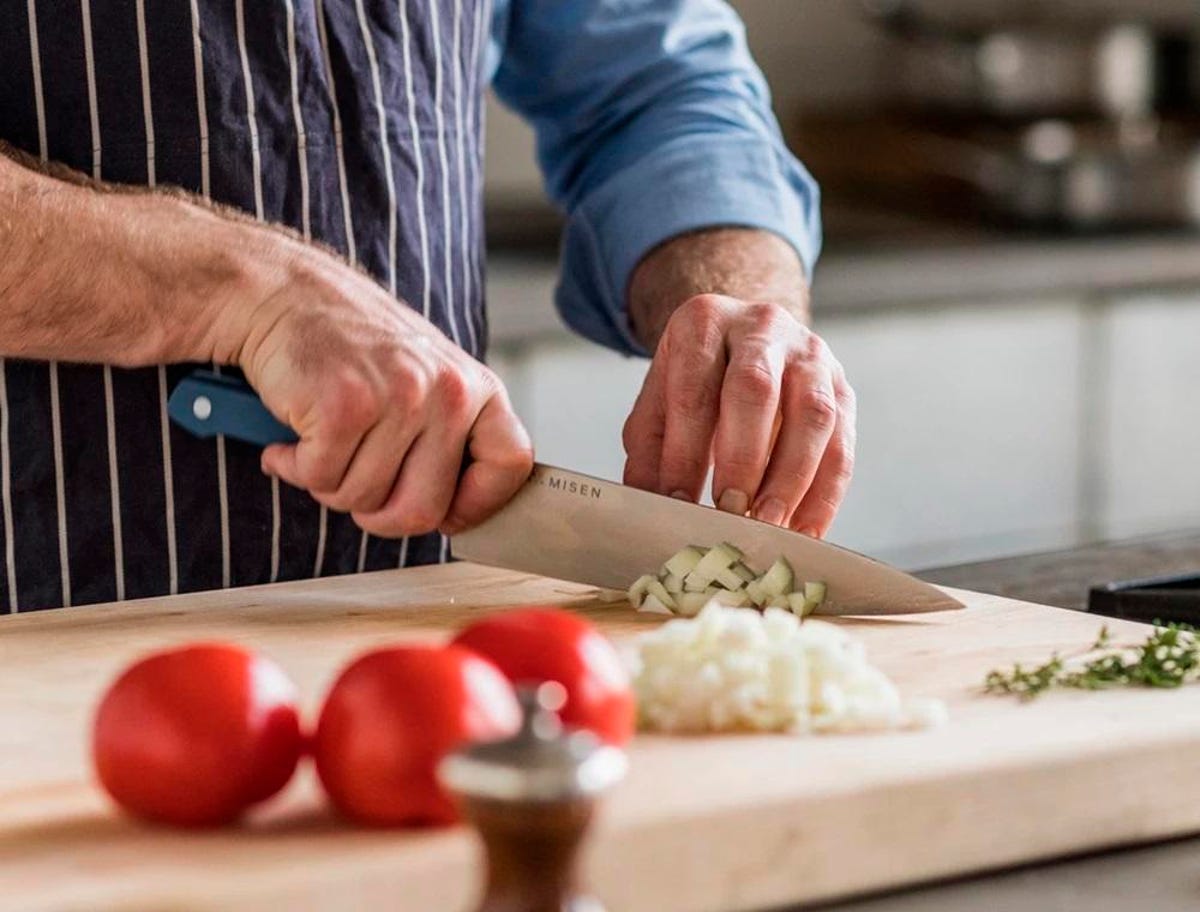
FAQs
How often should I sharpen my knife?
Sharpen your knife every few months or as needed, depending on usage. Regular honing can minimize the frequency of sharpening.
Can I store knives in a regular drawer?
While you can, it's not recommended unless they are protected by edge guards to prevent damage and accidents.
Why is drying the knife important before storing?
Drying prevents rust and water spots, maintaining the blades quality and lifespan.
For additional tips on knife care and maintenance, explore this guide to enhance your knife knowledge.
This article contains affiliate links. We may earn a commission at no extra cost to you.
